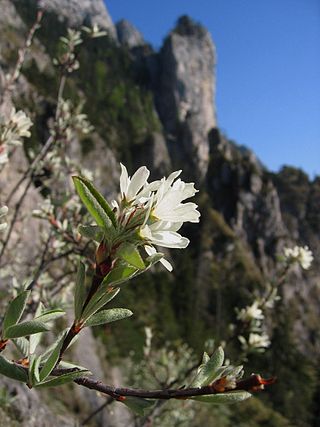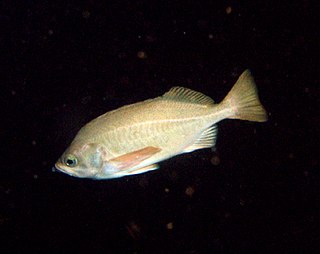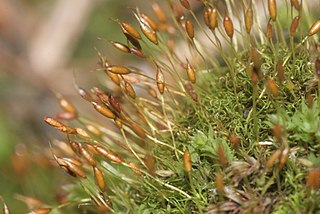
The fossa ovalis is a depression in the right atrium of the heart, at the level of the interatrial septum, the wall between right and left atrium. The fossa ovalis is the remnant of a thin fibrous sheet that covered the foramen ovale during fetal development.
Fossa ovalis can refer to:

Amelanchier ovalis, commonly known as snowy mespilus or serviceberry, is a deciduous shrub in the family Rosaceae. Its pome fruits are edible and can be eaten raw or cooked. The species is native to central and southern Europe, as well as North Africa and the Middle East.

Halophila ovalis, commonly known as paddle weed, spoon grass or dugong grass, is a seagrass in the family Hydrocharitaceae. It is a small herbaceous plant that naturally occurs in sea beds and other saltwater environments in the Indo-Pacific. It was introduced as isolated populations in Florida, Cuba and Antigua.

Novisuccinea ovalis, commonly called the oval ambersnail, is a species of air-breathing land snail, a terrestrial pulmonate gastropod mollusk in the family Succineidae, the ambersnails.
In anatomy a fossa is a depression or hollow usually in a bone, such as the hypophyseal fossa. Some examples include:

The Pottiaceae are a family of mosses. They form the most numerous moss family known, containing nearly 1500 species or more than 10% of the 10,000 to 15,000 moss species known.
Concavodonta is an extinct genus of early bivalve in the extinct family Praenuculidae. The genus is one of three genera in the subfamily Concavodontinae. Concavodonta is known solely from late Ordovician, Caradoc epoch, fossils found in Europe and South America. The genus currently contains three accepted species, Concavodonta imbricata, Concavodonta ovalis and the type species Concavodonta ponderata.

Sebastes ovalis, the speckled rockfish, is a species of marine ray-finned fish belonging to the subfamily Sebastinae, the rockfishes, part of the family Scorpaenidae. It is found in deep rocky areas of the Eastern Pacific.
Ovali is a village in the Thane district of Maharashtra, India. It is located in the Bhiwandi taluka.

Spiranthes ovalis, commonly called the October lady's tresses, is a species of orchid that is native to eastern North America.

Weissia is a genus of mosses, belonging to the family Pottiaceae.
Weissia squarrosa is a species of moss belonging to the family Pottiaceae.
Weissia microstoma is a species of moss belonging to the family Pottiaceae.
Weissia multicapsularis, the many-fruited beardless-moss, is an ephemeral moss. It is critically endangered.

Weissia controversa, the green-tufted stubble-moss, is a species of moss in the Pottiaceae family.
Weissia sterilis is a species of moss in the family Pottiaceae. It is found in lowland grasslands in Europe, mainly France and Great Britain. It is classified as a near-threatened species due to habitat degradation, decreasing population size, extensive ploughing and the cessation of grazing.
Weissia levieri is a species of moss in the Pottiaceae family.
Weissia bizotii is a species of moss in the Pottiaceae family.








